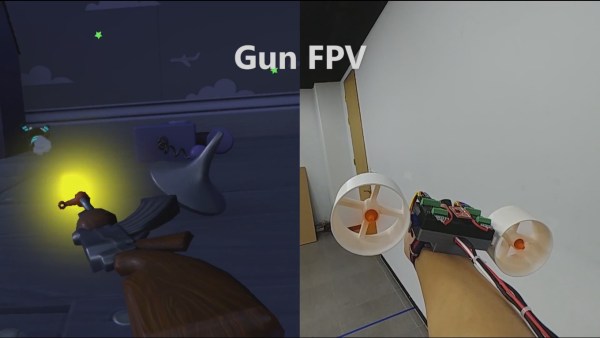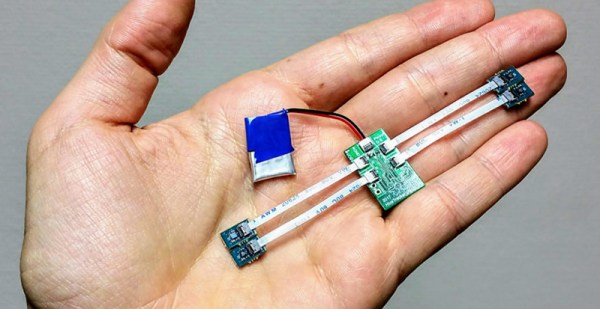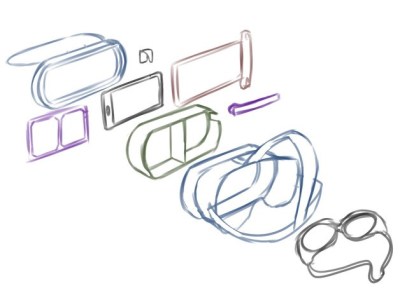Virtual Reality (VR) and actual reality often don’t mix: watch someone play a VR game without seeing what they see and you see a lot of pointless-looking flailing around. [Nerdaxic] may have found a balance that works in this flight sim setup that mixes VR and AR, though. He did this by combining the virtual cockpit controls of his fight simulator with real buttons, knobs, and dials. He uses an HTC Vive headset and a beefy PC to create the virtual side, which is mirrored with a real-world version. So, the virtual yoke is matched with a real one. The same is true of all of the controls, thanks to a home-made control panel that features all of the physical controls of a Cessna 172 Skyhawk.
[Nerdaxic] has released the plans for the project, including his 3D printable knobs for throttle and fuel/air mixture and the design for the wooden panel and assembly that holds all of the controls in the same place as they are in the real thing. He even put a fan in the system to produce a gentle breeze to enhance the feel of sticking your head out of the window — just don’t try that on a real aircraft.
Continue reading “Home Built Flight Sim Combines Virtual And Actual Reality”

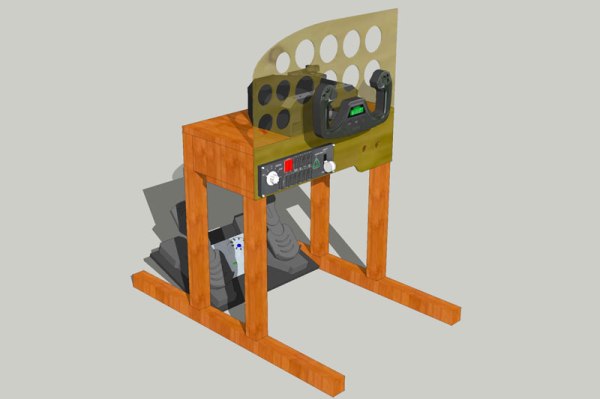
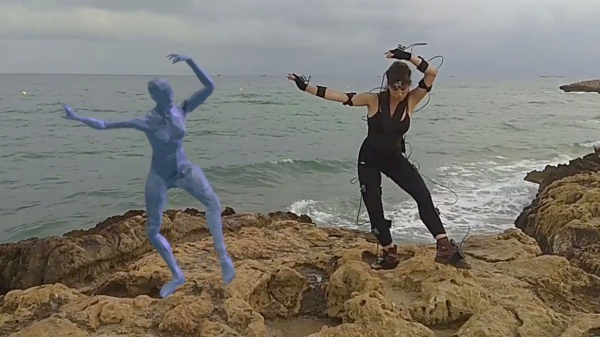
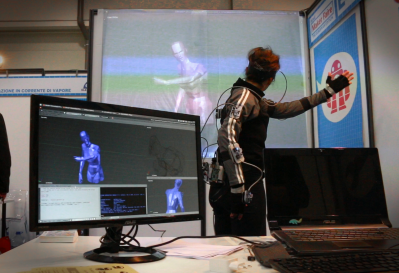 Fifteen sensor boards, called K-Ceptors, are attached to various points on the body, each containing an LSM9DS1 IMU (Inertial Measurement Unit). The K-Ceptors are wired together while still allowing plenty of freedom to move around. Communication is via I2C to a Raspberry Pi. The Pi then sends the collected data over WiFi to a desktop machine. As you move around, a 3D model of a human figure follows in realtime, displayed on the desktop’s screen using Blender, a popular, free 3D modeling software. Of course, you can do something else with the data if you want, perhaps make a robot move? Check out the overview and the performance by a clearly experienced dancer putting the system through its paces in the video below.
Fifteen sensor boards, called K-Ceptors, are attached to various points on the body, each containing an LSM9DS1 IMU (Inertial Measurement Unit). The K-Ceptors are wired together while still allowing plenty of freedom to move around. Communication is via I2C to a Raspberry Pi. The Pi then sends the collected data over WiFi to a desktop machine. As you move around, a 3D model of a human figure follows in realtime, displayed on the desktop’s screen using Blender, a popular, free 3D modeling software. Of course, you can do something else with the data if you want, perhaps make a robot move? Check out the overview and the performance by a clearly experienced dancer putting the system through its paces in the video below.